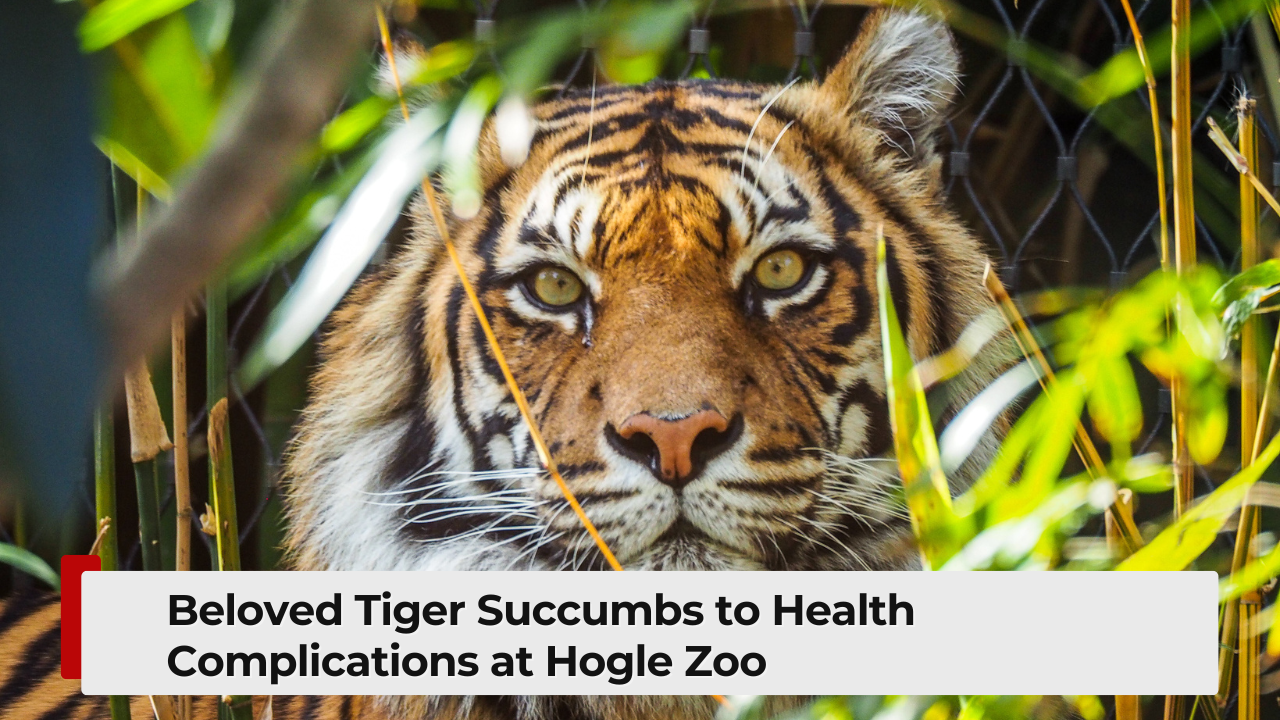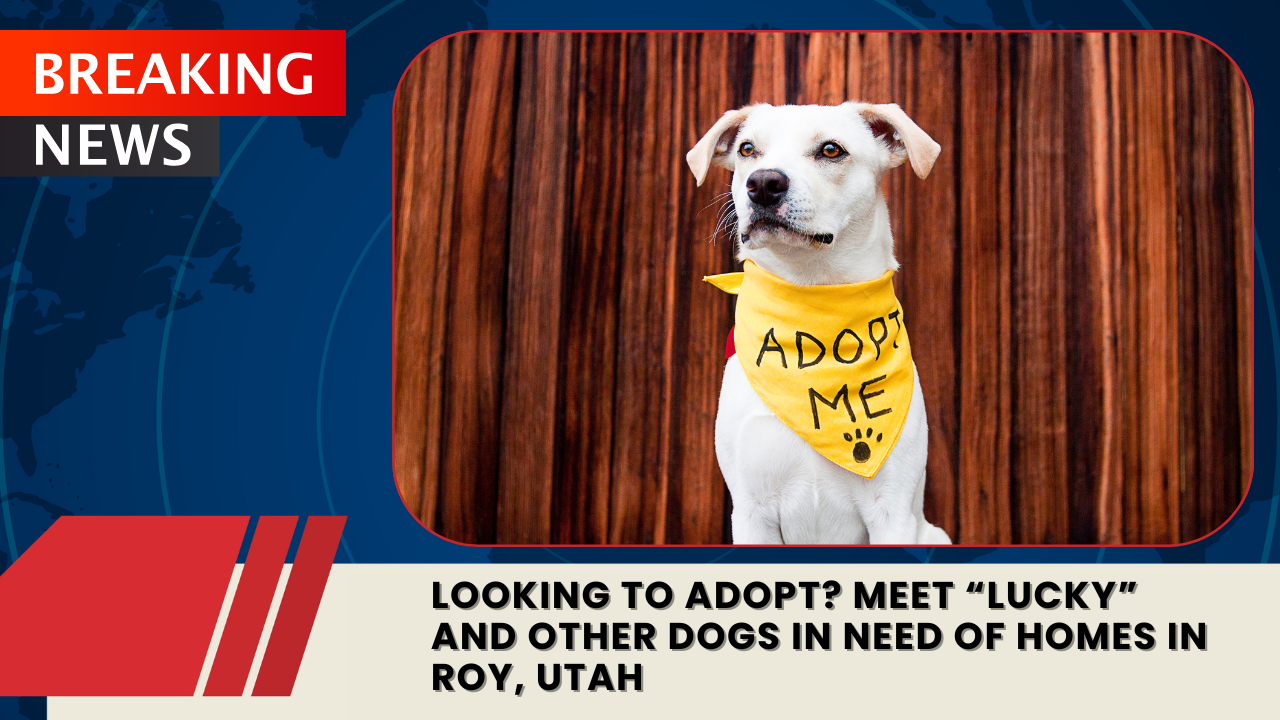Utah’s Hogle Zoo announced the death of one of its most cherished residents, as 15-year-old Amur tiger Nikolai passed away November 14 following complications from urinary and bladder conditions that worsened despite intensive veterinary intervention.
Zoo officials disclosed Tuesday that Nikolai, affectionately known as Nik by caretakers and visitors, experienced a rapid health decline over recent months. The Association of Zoos and Aquariums accredited facility worked closely with veterinary specialists attempting to diagnose and treat his deteriorating condition before his unexpected death.
Medical Challenges and Treatment Efforts
Animal care teams first noticed concerning symptoms several months ago when Nik began displaying signs of urinary tract irregularities. Zoo veterinarians conducted comprehensive examinations and consulted external specialists to develop appropriate treatment protocols for the senior tiger.
During a thorough veterinary assessment in late October, medical staff discovered Nik had developed an enlarged bladder requiring immediate attention. Despite implementing advanced care strategies and continuous monitoring, his condition continued deteriorating rather than stabilizing or improving.
At 15 years old, Nikolai had reached senior status for his species, complicating recovery prospects from serious medical conditions. Amur tigers typically live 10 to 15 years in natural habitats, though animals under specialized care in accredited facilities can survive into their early twenties under optimal circumstances.
The final decline occurred suddenly on November 14, leaving caretakers insufficient time to implement alternative interventions. Zoo officials emphasized that Nik received exceptional care throughout his illness, with teams exhausting available treatment options before his passing.
Arrival and Integration at Hogle Zoo
Nikolai transferred to Utah’s Hogle Zoo from Denver Zoo in 2018, arriving with his distinctive green emotional support barrel that became part of his identity at the facility. He quickly adapted to his new surroundings at the Asian Highlands exhibit, establishing himself as a visitor favorite through his engaging personality and strategic habitat choices.
The tiger frequently selected resting locations near viewing windows, allowing guests unprecedented close encounters with one of the world’s largest feline predators. His impressive physical presence combined with surprisingly gentle demeanor created memorable experiences for thousands of visitors over seven years.
Caretakers described Nik as an intelligent and observant animal who enjoyed daily routines, predictable meal schedules, and comfortable napping areas. He developed recognizable patterns and preferences that endeared him to animal care teams responsible for his daily welfare.
Unique Personality and Behavioral Traits
Zoo staff fondly recall Nikolai’s distinctive vocalizations, particularly his chuffing sounds reserved for favorite caretakers. He demonstrated greater tolerance for others when food rewards were involved, revealing a pragmatic approach to human interactions.
Despite occasional mischievous behavior, Nik proved a dependable partner during training sessions designed to facilitate voluntary medical examinations and enrichment activities. His cooperation simplified routine healthcare procedures and allowed veterinarians to monitor his wellbeing without stress-inducing interventions.
The tiger’s personality combined elements of dignity befitting his senior status with playful curiosity about novel enrichment items introduced by caretakers. He particularly enjoyed exploring new puzzle feeders and investigating unfamiliar scents added to his habitat for mental stimulation.
Conservation Breeding Program Participation
Nikolai and Sasha, a five-year-old female Amur tiger who arrived at Hogle Zoo from Kansas in 2021, received breeding recommendations from the Association of Zoos and Aquariums Species Survival Plan. This program coordinates genetic management for endangered species across accredited North American facilities.
Zoo teams began carefully introducing the two tigers in early 2025 for their first breeding season. Since neither animal had previously interacted with another tiger and both species are naturally solitary, introduction protocols required extensive planning and gradual implementation to ensure safety and comfort.
The pair displayed encouraging behavioral indicators including vocalizations directed toward each other and choosing resting spots in proximity despite separate habitats. Caretakers characterized Nikolai as consistently gentlemanly during interactions with Sasha throughout the breeding season.
While no cubs resulted from the 2025 breeding season, zoo officials emphasized that successfully introducing two solitary apex predators represented a significant accomplishment for conservation efforts. The Species Survival Plan will provide future breeding recommendations for Sasha with other genetically compatible males.
Critical Conservation Status
Amur tigers, also known as Siberian tigers, represent the largest subspecies among all tiger populations. These magnificent predators historically ranged across extensive territories in northeastern Asia but now occupy dramatically reduced habitats.
Current population estimates indicate fewer than 600 individual Amur tigers survive in remaining wilderness areas throughout Russia’s Primorsky and Khabarovsk regions and small sections of northeastern China. The species faces existential threats from habitat fragmentation, climate change impacts, and illegal poaching activities.
International conservation organizations categorize Amur tigers as endangered under global protection frameworks. Captive breeding programs at accredited zoological facilities worldwide serve as genetic reservoirs ensuring species survival if wild populations continue declining despite protection efforts.
Hogle Zoo participates in multiple Species Survival Plans for endangered species, contributing to global conservation initiatives through breeding programs, public education, and financial support for field conservation projects in animals’ native ranges.
Community Impact and Zoo Family
Nikolai’s death resonated throughout the zoo’s staff, volunteer corps, and broader Salt Lake community. Animal care professionals who worked daily with the tiger expressed profound grief over losing a colleague with whom they had developed deep bonds over seven years.
Zoo leadership acknowledged that losses of beloved animals affect entire institutional communities and countless visitors who formed personal connections during encounters with Nikolai. Many families made regular visits specifically to observe the charismatic tiger during his characteristic window-side rest periods.
Sasha remains at Hogle Zoo where her care team continues providing exemplary husbandry while coordinating with the Species Survival Plan regarding future breeding opportunities. Visitors can observe her at the Asian Highlands exhibit during regular zoo hours.
The zoo encourages guests who wish to honor Nikolai’s memory to consider supporting conservation initiatives protecting wild tiger populations and preserving critical habitat throughout Asia.



